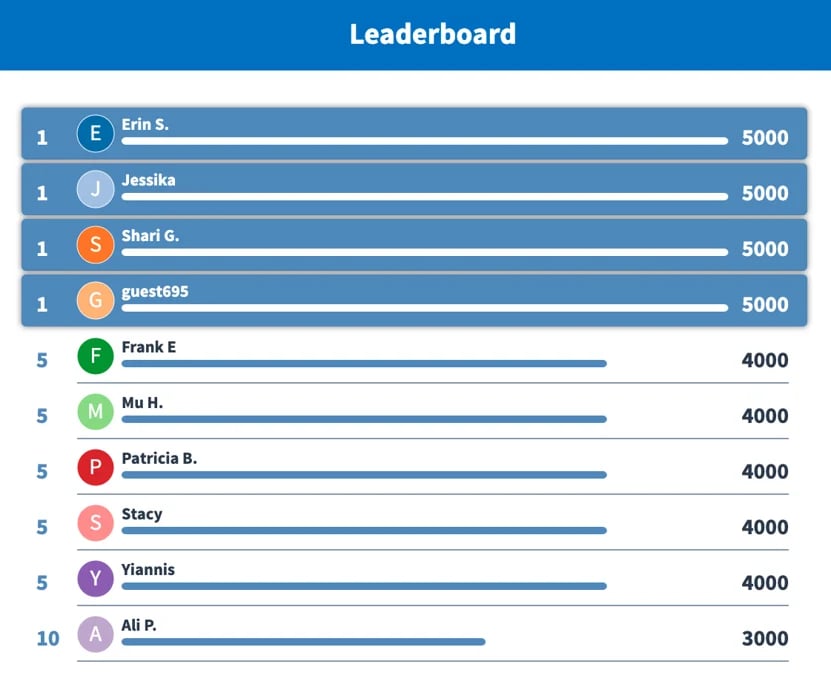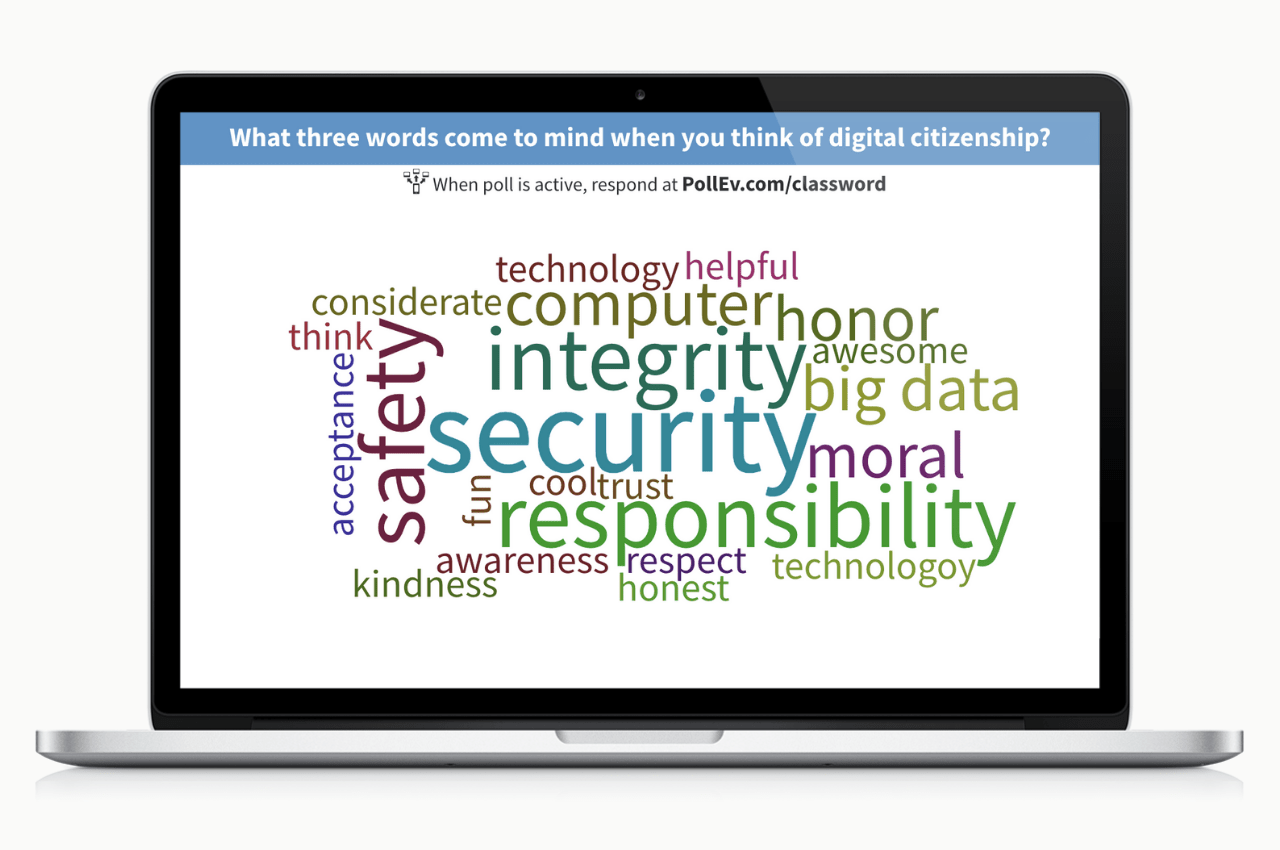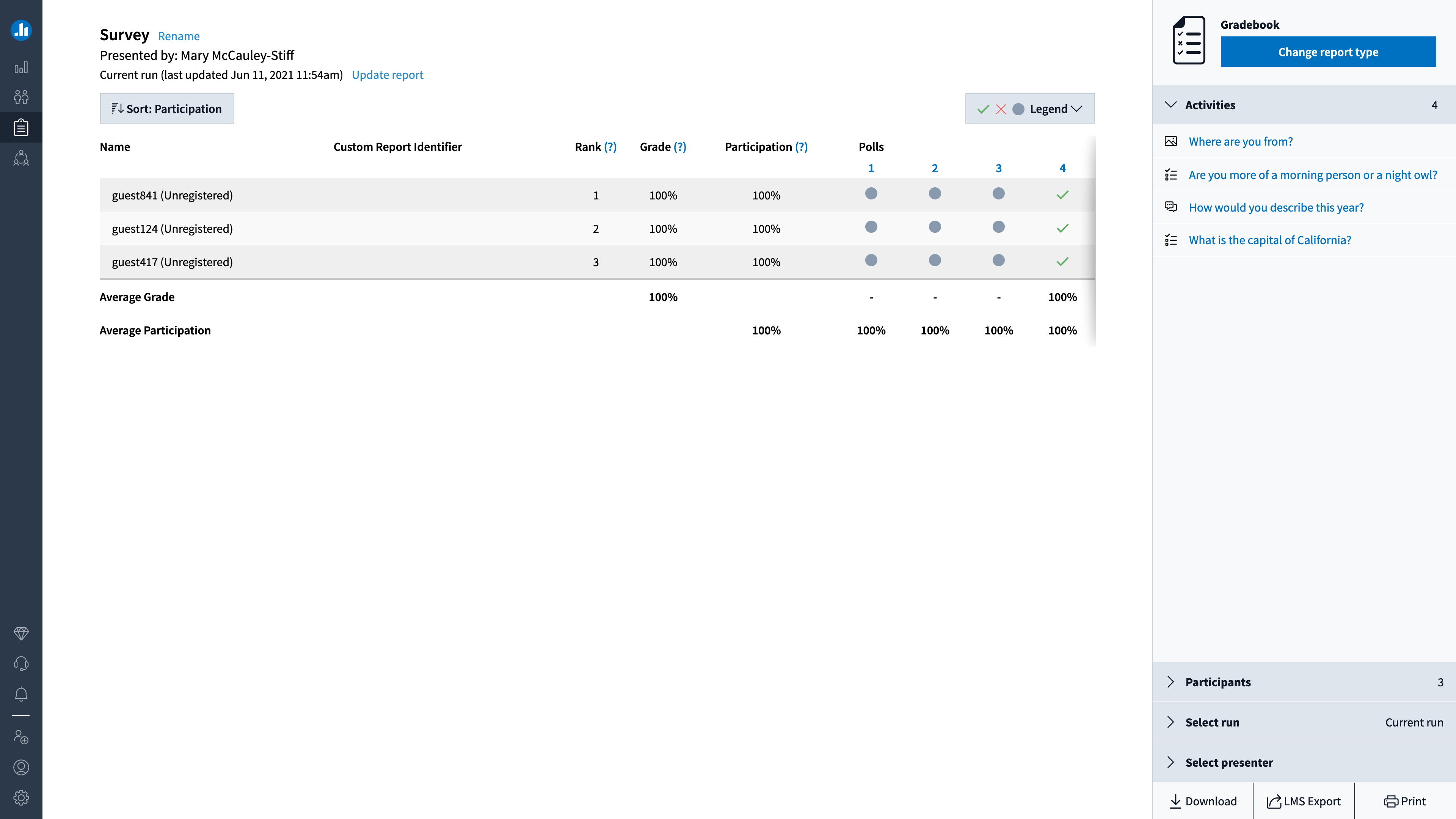The Definitive Guide to Gamified Learning in Higher Education

Educators are slowly realizing that traditional lecturing models are falling short in the classroom. Students no longer focus on what's being taught, exhausted by attending lectures, doing assignments, and maintaining their extracurriculars.
Many educators are seeking new, creative instructional strategies to regain their students' attention. Enter gamified learning.
Gamification involves using gamified elements in learning to motivate students, boosting engagement and active participation. A 2022 study found that such techniques positively impact long-term knowledge retention. Since it offers an interactive element, students are likelier to pay attention and engage with the course material.
We'll review the benefits of gamification, strategies to incorporate these elements into your lectures and examples you can reference.
Benefits of gamified learning for university students
Here’s how incorporating gamification can help your students:
Increases student engagement in the classroom
Traditional teaching methods like lectures or demonstrations create a one-way street. They foster a passive learning experience where students are physically present but mentally absent.
Gamification elements like competitions or interactive challenges create a more dynamic learning environment. This triggers emotions like joy, excitement, and curiosity. It appeals to our natural desire for competition—in turn, improving overall engagement in class.
For instance, when 35% to 50% of students were dropping out of a programming course in the computer sciences field at university, scientists tested the effectiveness of gamification to improve these rates. The study found that learners felt the need to score higher points or get the right answers when teachers used gamification techniques. Ultimately, this improved class engagement, reducing the number of dropouts.
Improves motivation to participate in class
When educational content is presented in a game-like format, students may find it more enjoyable and stimulating. This is especially true when teaching complex subjects that are hard to understand the first time.
A recent study published in Heliyon found that gamification positively affects a student's motivation. However, that can decline over time once they get used to this learning method. Motivation is high when the method is novel. As long as educators strategically incorporate gamification, they can continue to engage their students and fuel extrinsic motivation.
Creates a positive attachment to learning
When you foster a fun learning environment, students are more likely to form positive associations with the subject.
Playing video games is known to release dopamine in the brain. Gamification elicits similar responses in the brain’s reward center.
For example, giving points or rewards when a student gives the right answer creates a sense of pride and satisfaction. This reduces the fear of failure and motivates them to continue engaging with the subject to reinforce that feeling.
Increase accessibility for neurodivergent students
Traditional teaching methods often don't address the needs of neurodivergent students. These students find it hard to focus or verbally communicate in class, so a simple lecture model doesn't do much for them.
Employing gamified learning introduces a variety of learning stimuli and interactive elements that are likely to resonate. For example, ADHD students may find their attention is more consistent when completing visual quizzes or games.
Allows for an instant feedback loop
In traditional learning environments, feedback can be delayed. Apart from sensing the general mood of the room or asking students directly, it’s hard to gauge if they’re actually absorbing what you're teaching. In the latter, students might be shy or disinterested in giving constructive feedback, which makes the process more difficult.
However, with gamified learning, that's not the case. You'll get immediate feedback on areas that were easy to understand and which were not.
For example, if a student answers a question in a gamified quiz and gets it wrong, they can immediately learn the correct answer and its rationale. Or, if you're conducting a quiz and see that most students struggle with a particular section, you can pay more attention to it in the future.
Provides better learning experiences for students
All of these benefits ultimately improve your students’ learning experience. Interactive and collaborative elements get them excited about the subject matter, resulting in an enjoyable learning environment.
Tim Wolkski, an adjunct professor at Bryant University, explains, “Students don't learn much from lectures or reading. At least, they don't learn it effectively or efficiently. When I have to lecture, I have to repeat the same information a number of times just to be sure that all of my students have heard it at least once.”
“Gamification makes it difficult for students to daydream away from your lecture, and by actually doing and then discussing the lesson, they create longer-lasting memories. My goal is that my classes aren't what the students can learn and retain during my semester. My goal is that they retain information once they get to the real world.”
Gamification strategies for university students
Here are a few ways in which you can incorporate educational games in the classroom:
Leaderboards
Leaderboards reflect competitions in real-time within the classroom. The board visually displays student or team progress and ranks them based on specific criteria, such as:
- Points earned
- Tasks completed
- Achievements unlocked
For example, if you're conducting a trivia competition for your social studies class, use an education platform like Poll Everywhere to create a Competition. Add multiple-choice questions and let students answer them within a certain time limit. Winners answer the most questions correctly. The leaderboard will display the results—and you don't have to tally the results manually.
Challenges
Create challenges using specific tasks or goals for students to accomplish in a set period. Align these games to your course’s learning objectives so that students learn while playing.
Let's say you're conducting a genetics class in which students have to dissect a fruit fly. Set a challenge to dissect the fly most accurately within 15 minutes. After that, go around and evaluate their dissections. Tell them what they did right and wrong and how they can improve for future sessions.
You can also use collaborative challenges like scavenger hunts for subject-related clues to encourage teamwork and create a sense of community.
Point systems
Students play to win. The only way to determine who does is by using a points-based system tied to tangible rewards, like extra credit, privileges, or gifts, like chocolates.
You can do a one-time session like a quiz or a semester-long points system that earns extra credit. But make sure your system is transparent and fair so students understand how they're being scored.
Badges
Badges serve as a visual symbol of accomplishment, which holds true no matter how old your students are. Give them one when they complete a task, reach a certain goal, or recognize a certain achievement. For example, if a student performs well in coordinating a team assignment, give them a leadership badge.
You can display them publicly on a class website or a physical board—or send a note out via email. The goal is to tie it to the class's learning outcomes, like soft skills or subject matter expertise.
Quizzes
Use the Survey format on Poll Everywhere to create quizzes for your students. Like pop-up quizzes, you can conduct these digitally right after class or between sessions to gauge understanding.
You can also ask individual students to take it or divide them into small groups. If you'd like to make it more competitive, use a Competition instead.
The instant results provided immediately allow students to understand where they stand, supporting quicker learning and retention.
Here’s a gamification example using the Survey activity:

Word clouds
In the Word Cloud activity, students contribute words or short phrases related to a specific topic, which are then visually displayed in a cloud format.The most frequently used terms appear larger than others.
In a presentation game, ask them to describe the session in one word after a class. Alternatively, you can check how they associate specific topics with certain words to determine their current level of understanding.
This strategy encourages participation and engagement, as students see their contributions visually represented in real time and get a better understanding of the lesson’s bigger picture.
How to use gamification in the classroom
Here are a few tips to help you get started with incorporating gamification:
1. Don’t overhaul your entire teaching process
Start small. If you transform your entire teaching method, it could do more harm than good. Relying too much on game-based learning could also have adverse effects, as students will be more interested in the game rather than the subject matter.
Integrate it gradually and do so only when it's absolutely necessary. For instance, consider starting a simple points-based system to encourage participation. Or use digital tools for quizzes every month. This lets you test the method and see how students respond. Based on that feedback, you can adjust your strategy accordingly.
2. Use different game-like strategies to engage students
It’s easy for students to get bored—which also poses a challenge for you. Incorporate a mix of gamification elements and avoid relying excessively on one method.
For instance, leaderboards motivate competitive students, whereas badges can offer recognition for individual accomplishments in specific tasks.
Balance these game elements in a way that complements the educational content and keeps the classroom environment lively and interesting.
3. Tie it back to learning goals
The main objective of this method is to enhance and reinforce learning—not only to please students enough to pay attention. Game mechanics and design matter. Every gamified element should link back to the course content and learning objectives.
If using a quiz game, for example, ensure that the questions align closely with reinforcing the course material. If you’re awarding badges, do it only when they learn a related skill or complete a related project.
This approach ensures that gamification is a supportive tool for the curriculum, not a distraction or a parallel activity.
4. Be very careful about oversimplifying learning material
Gamification should enhance the learning experience, not diminish the complexity or depth of the subject matter. It's easy to boil down a complex topic to a simple quiz or game.
Design the game in a way that ensures critical thinking and problem-solving skills are at play—not rote learning. Make learning fun and accessible, but maintain the academic rigor and depth that higher education demands.
5. Use digital tools to aid the learning process
These days, there are several apps designed to help you gamify your classes. These let you create and score these games while keeping a tab on how students learn and engage. And it’s not limited to online learning sessions.
For instance, learning platform Poll Everywhere lets you create learning activities such as:
- Multiple choice questions
- Quizzes
- Competitions
- Clickable images
- Donut charts
- + more
Based on the activity type, you also get gradebook reports that give you detailed information about how your students performed. Use that as a guide to inform your strategy for future sessions.
Gamify your classroom with Poll Everywhere
Even though gamification is a relatively new technique to engage students, studies have shown numerous benefits. If done well, there’s a lot that gamified learning can offer, from increased intrinsic motivation to long-term knowledge retention.
However, getting it right for your class and subject matter can take a lot of trial and error. This is why it's best to start small, implement, get feedback and iterate. You should finalize it as a permanent component in your curriculum once you see positive signals from your students, including improved engagement and performance.
And if you need a tool to get started or officially make it part of your teaching routine, try out Poll Everywhere. Its student response system has much to offer in terms of gamification, reporting, and ease of use. Whether you're running a quick poll or implementing a full-blown quiz, the simple and effective instant feedback system streamlines the entire process for you.
Sign up for Poll Everywhere and create your first gamified experience today.


